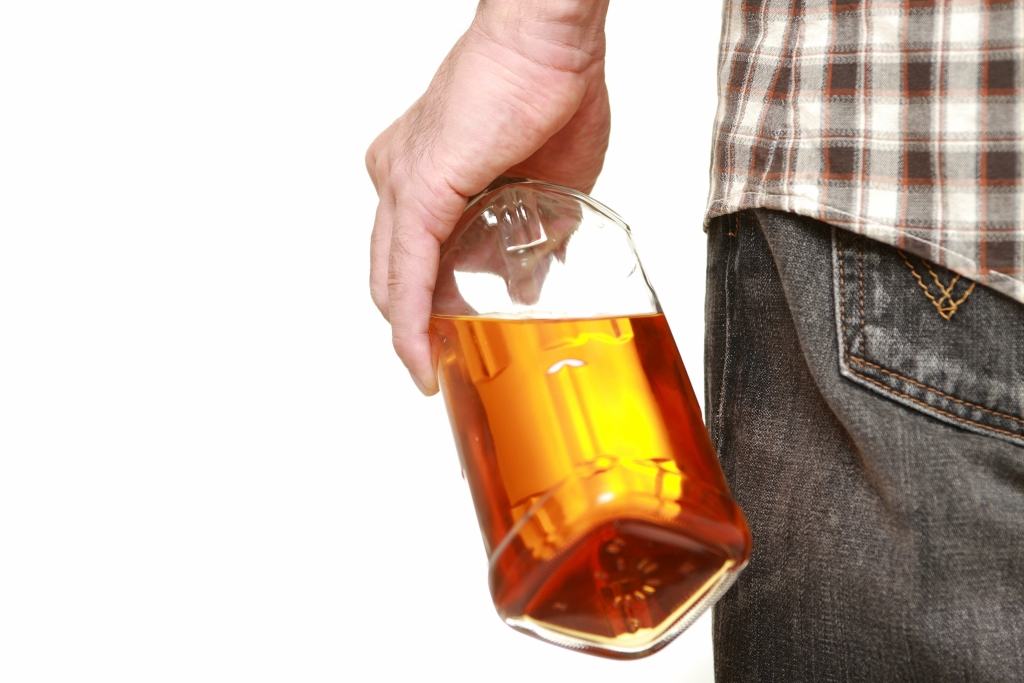For clinical purposes, those polygenic scores will of course not replace an understanding of the intricate web of biological and social factors that promote or prevent expression of addiction in an individual case; rather, they will add to it 49. Meanwhile, however, genome-wide association studies in addiction have already provided important information. For instance, they have established that the genetic underpinnings of alcohol addiction only partially overlap with those for alcohol consumption, underscoring the genetic distinction between pathological and nonpathological drinking behaviors 50. In dismissing the relevance of genetic risk for addiction, Hall writes that “a large number of alleles are involved in the genetic susceptibility to addiction and individually these alleles might very weakly predict a risk of addiction”.
The Argument for Addiction as a Disease

Dopamine is a neurotransmitter that plays a key role in the brain’s reward and pleasure centers. When an individual uses drugs or alcohol, it triggers a release of dopamine, creating a pleasurable sensation. https://volumepillshelper.com/2017/12/ Studies have shown that certain genes may increase an individual’s risk for addiction, but environmental factors also play a significant role.
- Intense highs that come on rapidly also tend to dissipate quickly,1 and the quicker comedown may further encourage drug abuse.
- In an additional salvo against the disease model, Heyman notes that marriage is not protective with respect to several other psychiatric maladies including schizophrenia, depression, and obsessive compulsive disorder, among others (Robins & Regier, 1991).
- Among high-risk individuals, a subgroup will meet criteria for SUD and, among those who have an SUD, a further subgroup would be considered to be addicted to the drug.
Psychological and Sociological Factors

It thus seems that, rather than negating a rationale for a disease view of addiction, the important implication of the polygenic nature of addiction risk is a very different one. Genome-wide association studies of complex traits have largely confirmed the century old “infinitisemal model” in which Fisher reconciled Mendelian and polygenic traits 51. A key implication https://www.makak.ru/2009/12/01/spisok-sntp-serverov-vremeni-simple-network-time-protocol-dostupnykh-v-internete/?amp;fdx_switcher=true of this model is that genetic susceptibility for a complex, polygenic trait is continuously distributed in the population.
Lessons from genetics
- What may be less appreciated among scientists is that its impact in the real world of addiction treatment has remained more limited, with large numbers of patients still not receiving evidence-based treatments.
- Genome-wide association studies of complex traits have largely confirmed the century old “infinitisemal model” in which Fisher reconciled Mendelian and polygenic traits 51.
- Habits make behaviors near-automatic in response to any elements related to that activity—in other words, hard to control.
- While these behaviors do show similarities with the compulsions of OCD, there are also important differences.
- People affected by addiction need treatment to escape its grasp and heal its effects on their lives.
That is why those who are addicted repeatedly act against their own best interests, frustrating everyone around them—and themselves. Addiction is considered a disease largely as a way to remove stigma, guilt, moral blame, and shame from those who use substances or certain behaviors repeatedly to feel intense euphoria and as a way to encourage humane treatment. It is also viewed as a disease in order to facilitate insurance coverage of any treatment. Each person will have a number of biological and environmental risk and protective factors.1 A risk factor is something that puts the individual in more danger of becoming addicted, while a protective factor is something that minimizes that danger.
Why Do I Experience Guilt After Drinking? Understanding the Psychological Effects of Alcohol Consumption
- Recognizing that addiction is a habit in the scientific sense of the word makes clear that recovery is possible with deliberate action to change, which reverses the changes to the brain.
- Much of the argument that addiction is a choice stems from misconceptions about the types of people who suffer from addiction.
- In scientific and clinical usage, addiction typically refers to individuals at a moderate or high severity of SUD.
- Addiction and physical dependence are often talked about as though they are interchangeable; however, they are separate phenomena that can exist without the other.
Philosophically, this is best understood as being aligned with indeterminism, a perspective that has a deep http://www.socioclub.org/others/1243/1.htm history in philosophy and psychology 84. Psychological factors, such as genetics, mental health, and trauma, can increase an individual’s vulnerability to addiction. People with a family history of addiction or those struggling with untreated mental health issues may be more likely to turn to drugs as a coping mechanism. These factors highlight the complexity of addiction and challenge the idea that it is solely a matter of choice. Addiction changes the circuitry of the brain in ways that make it difficult for people to regulate through deliberative efforts the allure of a concentrated chemical rush of reward. Continued use of a drug increasingly dysregulates reward, motivation, and executive control systems.
nature.com sitemap
As with type II diabetes, hypertension and many cancers, there are genetic, biological and environmental influences. As with Tourette syndrome, patients can inhibit their compulsive behaviours, yet sustaining these choices is difficult and contextually modulated. Finally, in this view, an addiction is only 1 possible expression of the pre-existing traits. Beyond the stigma, there is a branch of modern researchers that strongly insists that addiction is a choice and uses evidence to support their argument. The primary figures on this side are behavioral scientists, and their belief is based on the idea that any activity capable of stimulating a person for pleasure or stress release holds a risk for addiction.


It is also important to consider the role of environmental and social factors in addiction, as these can contribute to the development and maintenance of addictive behaviors. The disease model of addiction suggests that addiction is a chronic, relapsing brain disease. It is characterized by changes in the brain’s reward system, leading to compulsive drug-seeking behavior. According to this model, addiction is not simply a matter of willpower or choice, but rather a complex interaction between genetic, environmental, and neurobiological factors. The debate over whether addiction is a disease or a choice is a complex and often polarizing topic in the realm of mental health and substance abuse. On one side, some argue that addiction is a choice, not a disease, emphasizing personal responsibility and the role of individual decision-making in initiating drug use.